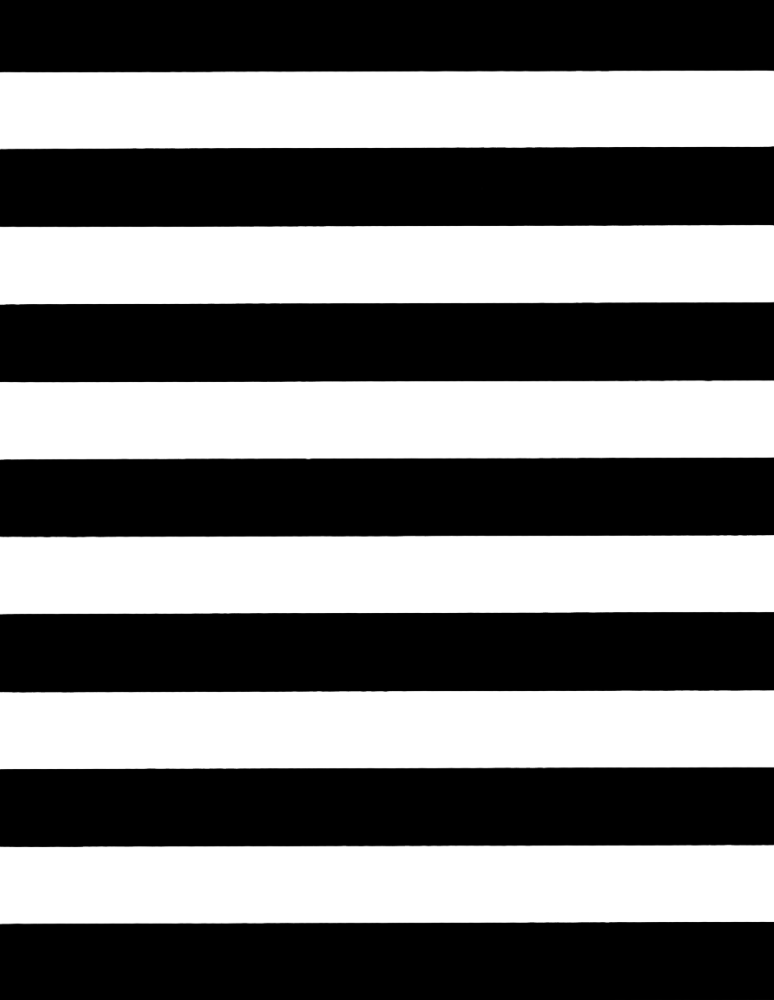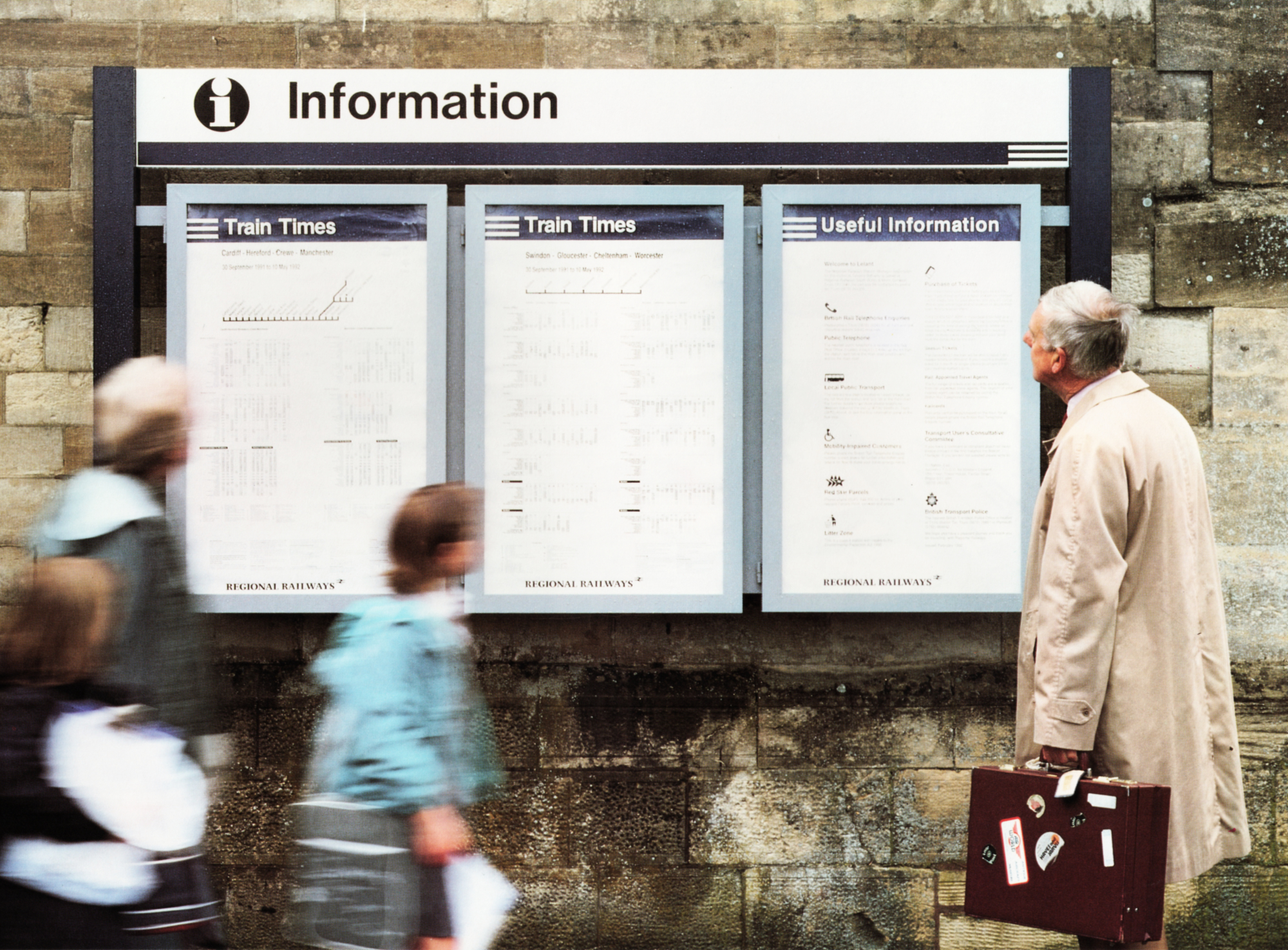
Design elements – a brief summary

Regional Railways logotype
The Regional Railways logotype appears in two formats; the ‘stacked’ version or the ‘one-line’ version. The stacked version should be used wherever possible, with the alternative one-line version used only in situations where space is at a premium or where otherwise specified, as on rolling stock.
To counter the differences caused by optical illusion, separate artwork has been produced for positive and negative applications and also for use at very small sizes on items such as pens. It is important to use the correct artwork for each particular case.
The BR symbol is an integral part of our logotype and the size and positioning is critical. It should always be reproduced in the same colour as the lettering.
ScotRail logotype
This is used instead of the Regional Railways logotype in Scotland. As with the Regional Railways logotype, ScotRail has different artworks for positive and negative applications and for small sizes.
ScotRail Express
The only named product of Regional Railways, ScotRail Express refers to the Class 158 services in Scotland. It has its own logotype which follows the same principles as the Regional Railways version.
Fleximark
In formal usage the Regional Railways linking device appears as horizontal dark blue lines on a white background but, as the name suggests, it is essentially a flexible mark which can appear in different colours, sizes and lengths depending on the application and the creative use of the fleximark on special promotions is positively encouraged.
There are, however, strict guidelines for how to reproduce the fleximark in all cases, including a negative version to compensate for the optical illusion of visual inequality when reversed out of dark colours.
The one inviolate rule is that the fleximark should always abut to the edge of something – as illustrated in this brochure.
House colours
The colours chosen for Regional Railways are dark blue, light blue, white, silver grey and dark grey. The dark blue is the main and most widely used colour, often complemented by silver grey particularly on stationery items like folders. Light blue is generally used as a highlight colour, as on the train livery.
Typefaces
Standard typefaces help to increase awareness of a ‘family likeness’. For promotional print such as posters and leaflets the Joanna typeface has been selected. The need for variety is satisfied by the number of styles available within the typeface.
Informational print encompasses timetables, departure posters and ‘useful information’ posters. To help the customer differentiate between promotion and information the Helvetica family of typefaces has been retained by Regional Railways for informational uses, as it is very easy to read.
Rail Alphabet is the corporate typeface specifically designed for signing and Regional Railways will maintain its usage for that purpose.
Line images
Certain lines have the potential to be promoted as a product in their own right as well as a means for moving passengers from A to B. Line images are the graphic devices used to promote such lines, of which the Settle-Carlisle Line is a perfect example. The image will be based on the most widely-known feature associated with the route and will be produced in a square, ‘woodcut’ style that it suitable for both print and heritage signing applications. An appropriate dark background colour will be selected and, once chosen, this colour will remain an integral part of the line image.
The line image can be used on promotional print, gifts, pocket timetables and heritage signing following the rules laid down in the Identity Management Binder.
Any proposed line image must first be approved by the Director, Planning & Marketing before the design solution is progressed through the Identity Working Group on Print. All subsequent usage must then be approved by the appropriate profit centre Marketing Manager. The image will be copyright Regional Railways.
Contacts
A list of contacts for queries on design elements, and for sources of prints of the artworks for approved purposes, can be found in the Contacts Section at the end of this brochure. General comments and queries about the Identity Strategy should be directed through the nominated profit centre contact or the Identity Manager.
